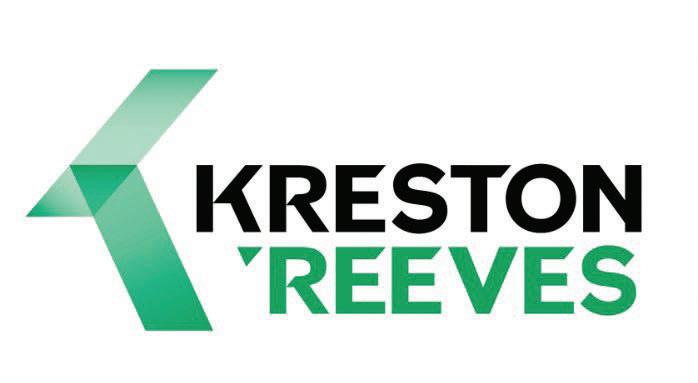
3 minute read
Funding growth through
FUNDING GROWTH THROUGH ASSET-BASED LENDING
A survey by banking giant Santander reported in March that business confidence is at its highest for three years with businesses looking to grow at home and overseas. Yet funding growth can be a real challenge for COVIDaffected businesses, and many are turning to asset-based lending. Darren Hurdle, a Corporate Finance Director at Kreston Reeves, explains why.
Businesses will need different funding sources at different stages of growth. New businesses will often turn to family
and friends, banks or venture capital and angel investors to give them the financial kickstart needed. But that is rarely suited for businesses in growth stages.
Businesses may have historically turned to their banks to help fund growth, however that avenue is for many businesses closed due to not meeting their strict lending criteria.
During the COVID-19 pandemic, CBILS and Bounce Back Loans were a valuable funding source for businesses, but that avenue is now also closed. The new Recovery Loan Scheme, which opened its books on April 6th, is offered on commercial terms and will undoubtedly prove popular. This route, however, will not be suited or accessible to every business and, at the time of writing, is limited in providers.

INVOICE DISCOUNTING AND FACTORING
An invoice discounting facility can be used as a stand-alone product or combined with other asset-based lending to form a borrowing package, and is where funders advance a percentage of the value of invoices raised, or accounts payable, immediately to the business.
Factoring will typically see a lender purchase the invoice in its entirety, operating its own credit control and dealing with a business’s customers directly, which isn’t always ideal. Invoice discounting, however, will see a lender offer funding secured against the value of an invoice, but the debtor and credit control function remains with the business.
The advantage of both is that it will release a percentage of invoiced funds immediately, rather than waiting for 30 to 60 days, or even longer, for the invoices to be settled, vastly improving a business’s cash flow.
Invoice discounting and factoring facilities both work well to aid a business during growth because as the business grows, the funds available with a facility grow too, freeing up more working capital to support further growth.
Rates will vary from lender to lender and will always be on a case-by-case basis, but a business can expect an invoice discounting facility to attract competitive interest charges (as the funds are secured against the invoices), but will also incur some other operational fees. Overall though, it can be a cost effective and flexible way of borrowing to aid cash flow and growth.
Businesses should always seek advice from their accountant or adviser to explore all growth funding options.
ASSET-BASED LENDING
We are seeing many growing businesses turn instead to asset-based lending to fund and support growth.
Asset-based lending is, in short, borrowing money against, and secured by, assets owned by the business or invoices raised. There are a variety of specialist lenders, and the high street banks that will lend against debtors, stock, plant and machinery, property and even intellectual property.
There are clear benefits for businesses: n It is often quick and easy to arrange, releasing funds immediately n It’s flexible with few restrictions on how cash can be spent n It provides stability in repayment terms allowing clear future financial planning. n It allows business owners to retain control as lenders do not require equity in exchange.
However, as with all borrowing, it is not without its risks. Should a business fail to keep up with loan repayments it faces the loss of the asset on which the borrowing is secured, or other measures to repay the debt.











